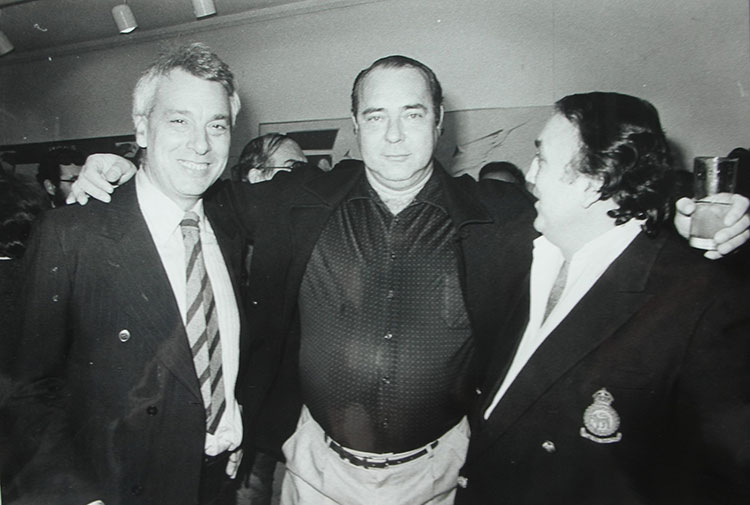
Dragoš Kalajić and Aleksandar Lončar
Laslo Sekelj
U nacionalnom šarenilu nekadašnje Jugoslavije, Jevreji su predstavljali jedan sasvim mali kamenčić. Nakon tri talasa iseljavanja za Izrael 1948-1951, koje obuhvata, zajedno sa kasnijim individualnim iseljavanjima, oko 8 000 osoba, broj Jevreja koji su ostali procenjuje se između pet i sedam hiljada. Broj članova jevrejskih opština procenjuje se na manje od 5 000 (od kojih oko 15% čine nejevrejski članovi uže porodice). (Perić, 1972; Demographic…1986) Kada je reč o fenomenu antisemitizma u periodu 1945-1991, od komunističkog osvajanja vlasti do raspada države, postoje tri perioda: (1) 1945-1967: period bez javnih manifestacija antisemitizma; (2) 1967-1988: antisemitizam pod krinkom anticionizma; (3) Od 1988. do danas, “republikanizacija” i funkcionalizacija Jevreja;

